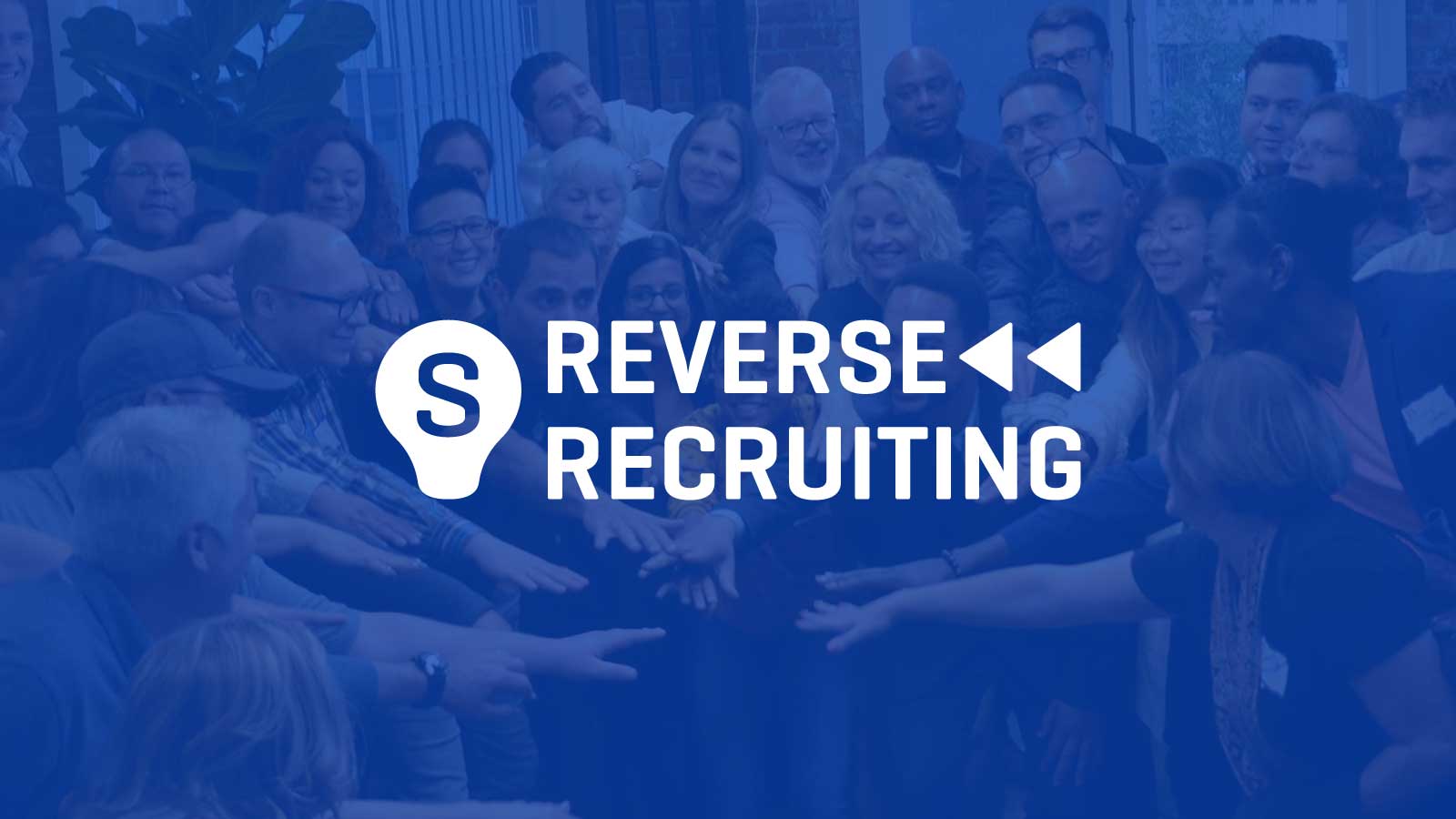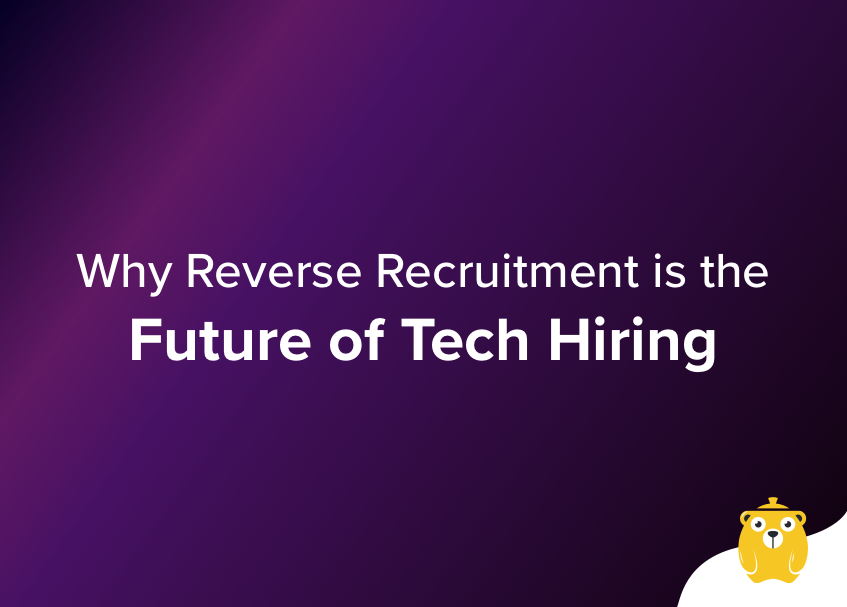Assuming Outside the Box: Reverse Recruiting Approaches for Success
Unlock the Power of Reverse Hiring Approaches for Successful Ability Purchase
In the world of talent procurement, the landscape is continuously advancing, with brand-new strategies emerging to fulfill the needs of an open market. Among these approaches, reverse recruiting sticks out as an approach that flips the conventional employment process on its head, placing the power in the hands of the prospects. By attracting top ability to choose opportunities within your organization, reverse recruiting offers a fresh method to bring in and retaining crucial personnel. As business aim to remain in advance in the ability video game, opening the possibility of reverse recruiting methods can be the key to protecting a solid and dynamic workforce.
Understanding Reverse Recruiting
Comprehending reverse recruiting is essential in navigating the developing landscape of talent acquisition strategies. Unlike traditional recruitment methods where companies seek candidates, reverse recruiting involves the proactive strategy of prospects looking for out prospective employers. This standard change puts candidates in the driver's seat, allowing them to pick business that align with their worths, job goals, and work preferences.
Fundamentally, reverse recruiting equips candidates to take control of their work search procedure by researching companies, getting to out to employers or hiring supervisors directly, and showcasing their skills and experiences. For companies, this method provides a distinct possibility to draw in top skill who are truly curious about the business and its goal, cultivating a much more engaged and dedicated labor force.
Benefits of Reverse Hiring
Utilizing reverse recruiting methods can yield considerable advantages for both candidates and companies in the talent purchase process. By being come close to by employers who have currently recognized them as potential fits for their organization, prospects can feel much more valued and sought after.
In addition, reverse recruiting can help firms distinguish themselves in a competitive ability market by showcasing an aggressive and forward-thinking technique to employment. Eventually, the benefits of reverse recruiting expand to both prospects and employers by streamlining the working with process and fostering more meaningful connections between the two events.

Executing Reverse Hiring Methods
To efficiently integrate reverse recruiting methods right into a talent acquisition strategy, companies need to focus on proactive involvement with possible prospects. By showcasing the company society, values, and career growth chances, organizations can ignite the interest of potential candidates and build an ability pipe for future demands.
In addition, executing tailored communication approaches can likewise improve the performance of reverse recruiting. By consistently nurturing connections with leading ability, companies can stay ahead in the affordable skill procurement landscape and secure the ideal candidates for their team - reverse recruiting.
Leveraging Modern Technology backwards Hiring
In the electronic age of ability acquisition, utilizing technological improvements is paramount for successful implementation of reverse recruiting techniques. Leveraging innovation in reverse recruiting provides various benefits to enhance the procedure and draw in leading skill successfully. Candidate tracking systems (ATS) play a vital duty in taking care of candidate data, read more tracking interactions, and automating communication, allowing employers to focus on building relationships with potential hires.
Additionally, leveraging artificial knowledge (AI) and artificial intelligence can improve the candidate experience by personalizing communications, assessing huge sets of data to determine ideal candidates, and predicting future working with demands. AI-powered chatbots can involve with candidates in real-time, providing prompt aid and celebration useful information to analyze prospect fit. Furthermore, utilizing information analytics tools can help employers determine the performance of their reverse recruiting methods, determine locations for improvement, and make data-driven decisions to enhance the talent procurement process. By accepting innovation in reverse recruiting, organizations can remain ahead in the competitive talent market and safe and secure top ability effectively.
Determining Success backwards Hiring
Having established the foundational function of innovation in optimizing reverse recruiting techniques, the following essential step hinges on properly measuring the success of these innovative strategies. In the world of reverse recruiting, traditional metrics like time-to-fill and cost-per-hire may not completely catch the influence of these approaches. Instead, measuring success backwards recruiting calls for an extra nuanced strategy that concentrates on candidate engagement, employer branding enhancement, and long-term ability retention.
One key statistics to take into consideration is candidate experience. By collecting feedback from prospects who have undergone the reverse recruiting process, companies can get beneficial insights right into areas for enhancement and identify strengths to take advantage of. Furthermore, tracking metrics associated with employer brand name perception, such as social media navigate to this website sentiment and Glassdoor testimonials, can provide an extra alternative view of just how reverse recruiting is forming the organization's track record in the ability market.
Ultimately, success backwards recruiting need to be measured not just by the efficiency of loading roles however additionally by the top quality of hires, their alignment with organizational society, and their lasting performance within find this the business. By adopting a thorough approach to measuring success, organizations can truly open the capacity of reverse recruiting techniques for effective talent acquisition.
Conclusion
